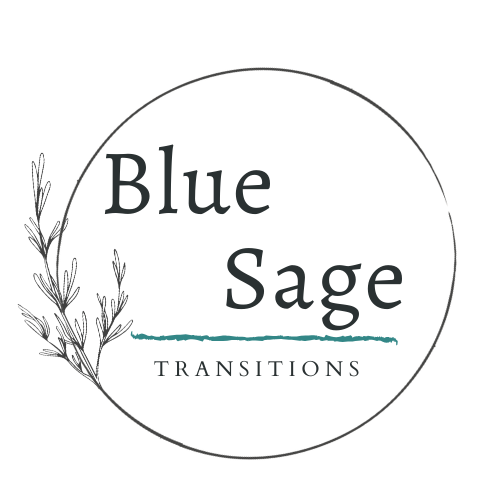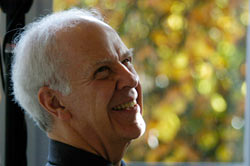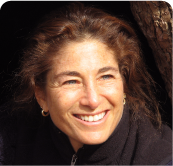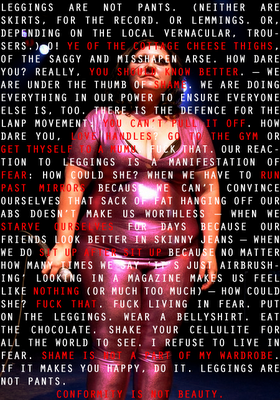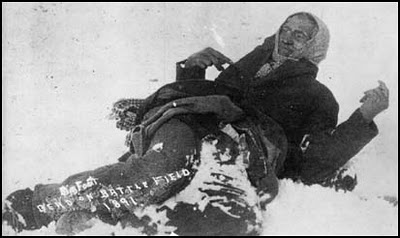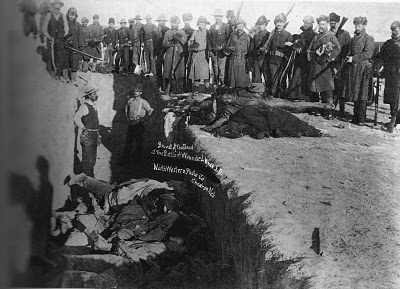and if ever i touched a life i hope that life knows that i know that touching was and still is and will always
be the true
revolution
I recently heard these words by Nikki Giovanni.* They thrilled me.
In couples therapy 101, we counselor types learn about reflective listening as a means of reconnecting, particularly after conflict. I like this definition of reflective listening from the Center for Building a Culture of Empathy: "Be like a mirror--reflect what you think, feel and sense that the speaker is saying and feeling. Work to clear the mirror so that you can reflect more clearly."
I imagine many of us would agree that the dominant communication norms in contemporary U.S. society promote debate, not dialogue. Winning, not understanding another's words and feelings. Winning brings to mind a battlefield. In a combat zone, people get hurt--or killed--by violence. Seems to me we would be wise to mind our metaphors and determine if warfare is really the tool that will bring us the outcomes we want in our relationships, lives, and world.
In the last few years, I've become more and more committed to figuring out how to keep the aspirations of justice and peace on a single map. I did not delete the earlier posts on this blog (although several of them still spark embarrassment) because they reflect shifts in my thinking and ways of being in the world. They also remind me of the one thing that is constant for living beings: change.
Injustice still sparks rage within me, rage that can feel as big as an ocean. But I decided to put more energy into understanding that rage before acting on it. Ruth King's characterization of rage has been particularly illuminating:
Rage is fierce clarity and untapped fuel; a natural resource of misused energy that requires our loving attention. Embraced with compassion, the trapped energies of rage are liberated and become an intimate teacher of balance, integrity, and resiliency, greatly enhancing our relationships and our service to the world.
Work to clear the mirror so that you can reflect more clearly. As it turns out, clearing the mirror can be a lot more scary, jarring, and painful than emptying a magazine in the arena. A clearer reflection, however, returns a sense of belonging. And a sense of belonging does wonders for generating not only peace but also sympathetic joy, or "the realization that others' happiness is inseparable from our own."
These days, in the face of so much verbal combat, I seek to clear the mirror enough to perceive that our blaming and shaming reflect our suffering. And suffering warrants tenderness. As Tara Brach argued, the origins of an addiction to blame--whether that blame manifests inwardly or outwardly--are injuries. Blaming becomes a kind of armor to protect us from more harm. Unfortunately, such covering has unintended side effects--namely, feeling alienated, isolated, disconnected.
So I'm working to clear the mirror. To step over my fears and see that we are all connected. To remember that touching is the "true revolution."
* Tara Brach read this excerpt of Giovanni's "When I Die" in her 2009 retreat talk "Bodhisattva Path."
